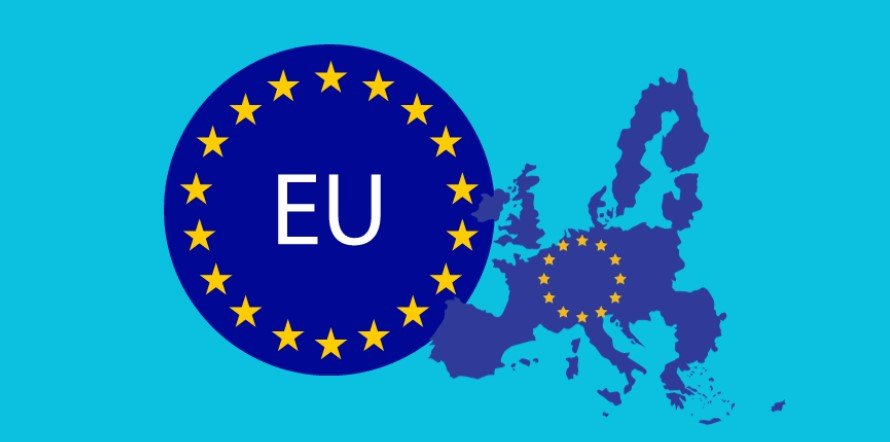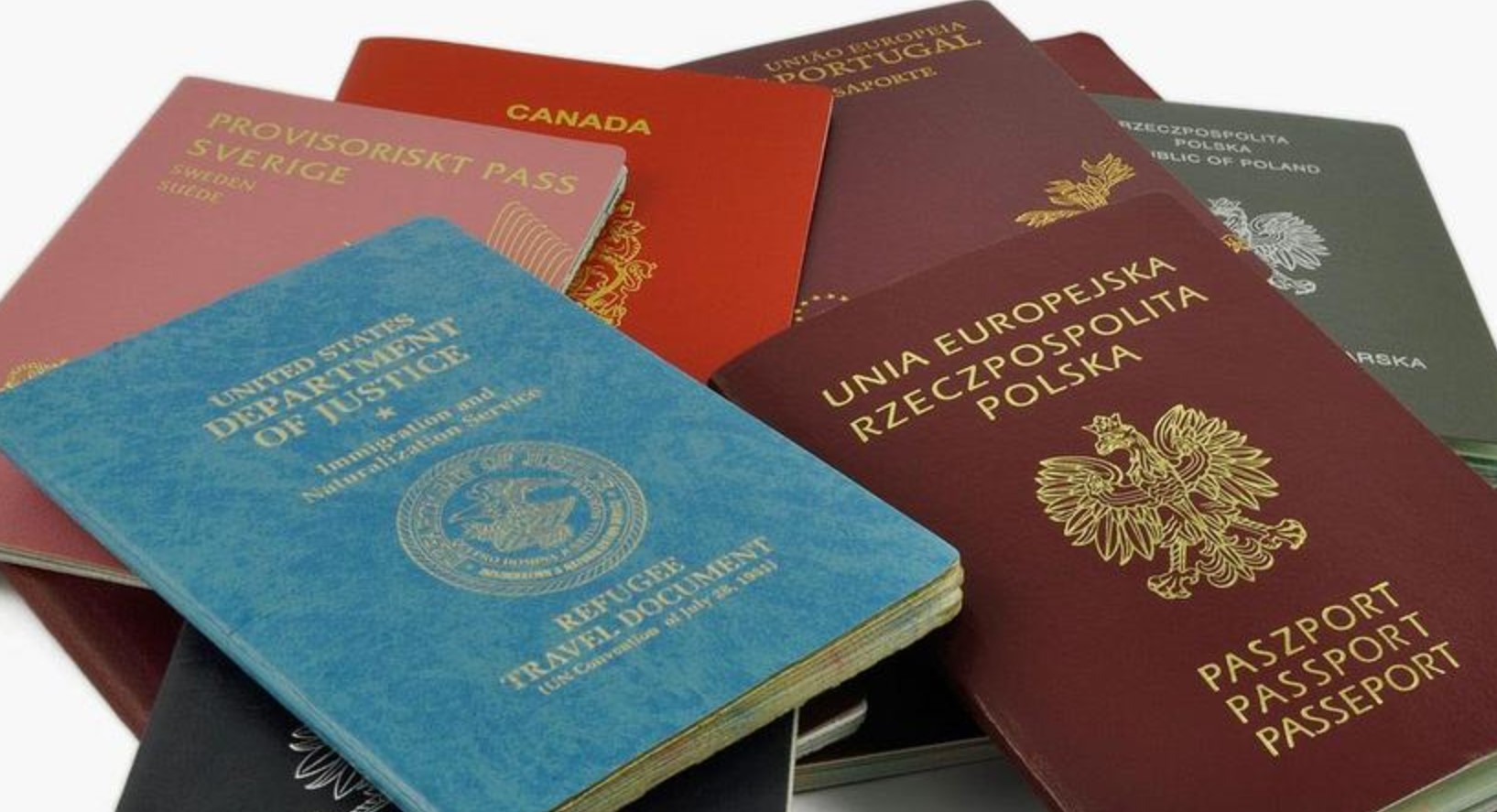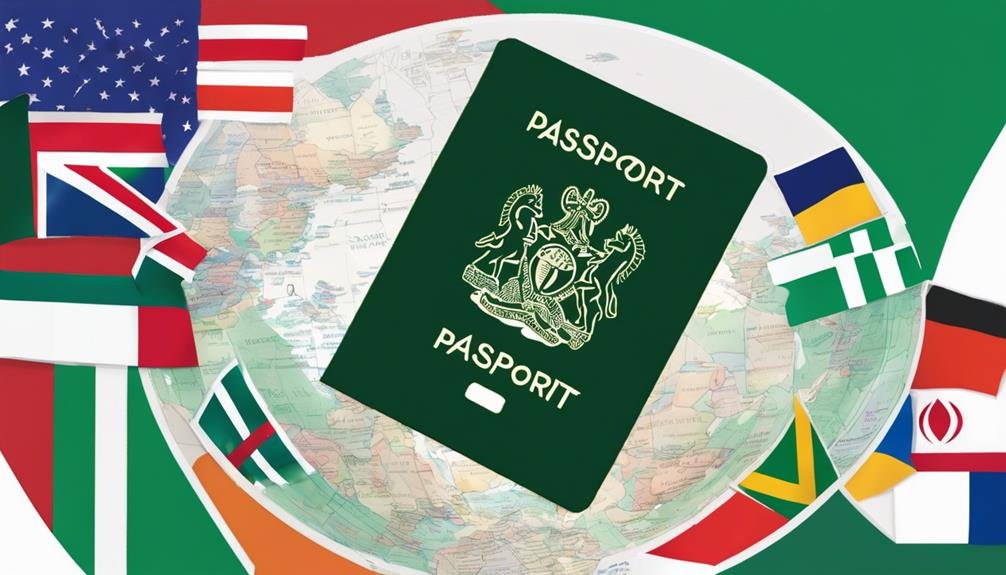The European Union (EU) has taken a monumental step towards streamlining and simplifying immigration policies for non-EU nationals looking to work and reside in the bloc.
On December 21st, 2023, the European Parliament and Council reached a historic agreement to revise the Single-Permit Directive, allowing third-country nationals to easily obtain combined work and residence permits through a single application procedure.

This groundbreaking development aims to boost legal migration channels and address acute talent shortages across various sectors in the EU economy.
Key Highlights
- Non-EU nationals can now apply for unified EU work and residence permits without meeting complicated criteria
- The revised directive establishes a common set of rights for foreign workers related to recognition of qualifications, working conditions, social security, and tax benefits
- It introduces a streamlined single permit application process to reduce bureaucratic complexities
- The new rules enable better intra-EU mobility rights for permit holders to encourage labor market integration
- Equal treatment and rights monitoring mechanisms are outlined to ensure fair working conditions
- The agreement emphasizes the EU’s commitment to building a robust and inclusive immigration system to drive future growth
In this comprehensive guide, we analyze the key provisions of the amended Single-Permit Directive, the application process for the new permits, the benefits and rights conferred on holders, and the outlook for EU immigration policies.
Also check out: Turkey Grants Visa-Free Travel for 6 New Countries In a strategic move to boost tourism and strengthen international ties
Overview of the Single Permit Directive
Introduced in 2011, the Single Permit Directive established a common EU framework for non-EU migrants to reside and work legally by merging work and residence permits into a single authorization.
However, complex application procedures, barriers to intra-EU mobility, and implementation gaps between member states led to the underutilization of these permits.
To maximize the directive’s potential, negotiations began in 2018 to identify targeted revisions to make it simpler, more transparent, and more equitable.
The agreement reached in December 2023 reflects these goals and significantly expands the rights and benefits available to third-country permit holders.
Key Changes Under the Amended Directive
The revised Single Permit Directive incorporates the following pivotal transformations:
Unified Application Procedure
- A single application procedure for combined EU work and residence permits replaces the requirement for separate national permits
- Application can be submitted from a non-EU country or from within the EU by valid resident permit holders
- Fast-track procedures introduced for certain categories like EU Blue Card holders or permanent residence rights
- Decision period capped at 4 months; can be extended by 3 months in exceptional cases
Common Rights and Equal Treatment
- Guarantees equal treatment as EU nationals in areas like working conditions, education, social security, tax benefits
- Establishes EU-wide standards for recognition of professional qualifications
- Grants intra-EU mobility rights to work or look for work in another member state
- Specifies grounds for withdrawal and loss of status to prevent abuse
Compliance and Monitoring Mechanisms
- Requires member states to implement controls and sanctions against labor exploitation
- Obliges authorities to provide information to applicants on permit procedures and rights
- Regular 4-yearly reporting to monitor implementation and identify areas for improvement
Benefits of the EU Single Permit
The unified EU Single Permit offers third-country workers and employers the following advantages:
For workers:
- One combined application for work and residence instead of separate procedures
- Faster application processing and decision timeline
- Equal social and labor rights as EU nationals
- Recognition of academic and professional qualifications
- Option to bring families and access education or training
- Greater job flexibility and mobility across EU states
For employers:
- Wider pool of global talent to hire from
- Simple standardized permit process instead of varyingly complex national systems
- Merit-based admission aligned with economic needs rather than quotas
- Channel to hire workers with needed skills where domestic talent unavailable
- Compliance guarantee on worker rights reinforced by monitoring mechanisms
Who is Eligible to Apply?
As per the amended directive, the following categories can submit single permit applications:
- Third-country nationals outside the EU
- Third-country nationals already residing legally in an EU state
- Blue Card holders or researchers
- Refugees, beneficiaries of subsidiary protection
However, member states retain the authority to set volumes of admissions through the single permit route based on domestic social and economic factors.
Application Process for the Single Permit
Under the new rules, the process to secure an EU Single Permit will be as follows:
1. Submit Application
Applications can be filed either:
- In a non-EU country to the consulate of the destination EU country
- Within EU territory if the applicant already possesses a valid national residence permit
Required supporting documents:
- Valid passport
- Job offer or binding employment contract from an EU employer
- Proof of meeting visa requirements of intended member state
- Evidence of qualifications for regulated professions
2. Await Decision
- Normal decision timeline is 4 months from complete application submission
- This covers the labor market testing period and validating eligibility criteria
- Can be extended by 3 additional months in certain limited cases
3. Receive Single Permit
- On approval, the applicant receives an EU Single Permit combining:
- Residence permit for entire EU territory
- Work authorization for permitting member state
- Permission to reside and work granted simultaneously instead of sequentially
4. Report Changes
- Notify authorities promptly if there are any changes in employment or personal situation
- Seek necessary prior approvals before making changes to comply with conditions
Rights and Protections
To ensure non-discriminatory working standards, the updated directive guarantees:
Equal Treatment Rights
- Working conditions like pay, dismissal, health/safety requirements as EU workers
- Freedom of association and affiliation with trade unions or staff associations
- Education and vocational training access on par with nationals
- Tax benefits and social security entitlements per member state provisions
- Free access to entire EU territory during validity of permit
Enhanced Intra-EU Mobility
- 90-day period to find new employment after job loss before permit withdrawal
- Option to work in other EU states for over 3 months with prior notification
- Accumulation of residence periods in different countries towards EU long-term residence
Access to Information
- Authorities obliged to provide guidance on permit procedures, validity, associated rights
- Available in languages understood by significant segments of migrant groups
Challenges and Outlook
While the amended Single Permit Directive is expected to ease and promote legal migration to the EU, some challenges need consideration:
- Harmonizing standards across decentralized national permit systems
- Expanding recognition frameworks for foreign qualifications and skills
- Guarding against exploitation by unscrupulous employers
- Monitoring intra-EU mobility to balance worker and social welfare needs
- Updating IT infrastructure and databases to efficiently manage new permits
However, EU policymakers emphasize that these ambitious rules signify their commitment to enabling safe, orderly and regular migration channels.
As economic competitiveness pressures mount, the Single Permit regime helps harness global talents to drive the EU’s growth rather than resorting to irregular entries.
With the formal approval of the deal expected in early 2024 following the final political negotiations, the stage is set for more open and competitive immigration policies to build a prosperous future-ready Europe.















Leave a Comment